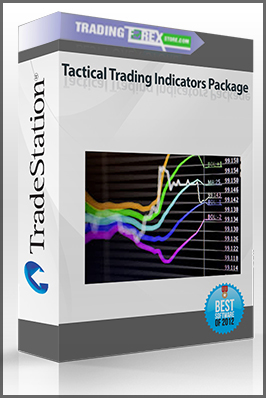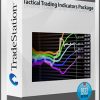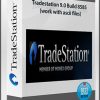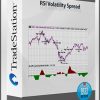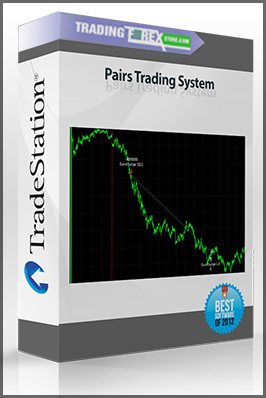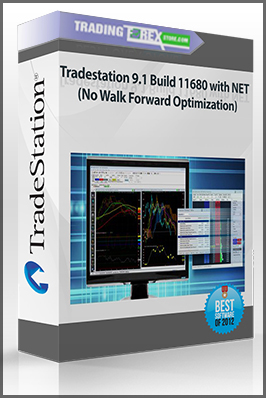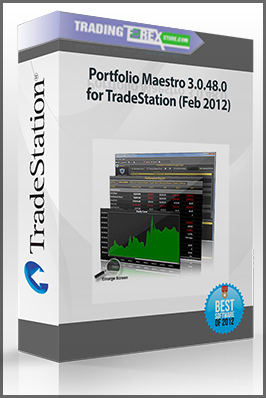Tactical Trading Indicators Package
$35.00
Size: 13 MB
You Just Pay: $35
- Description
Description
DEFINITION of ‘Tactical Trading’
A style of investing for the relatively short term based on anticipated market trends. Tactical trading involves taking long or short positions in a range of markets, from equities and fixed income to commodities and currencies. Diversified long-term portfolios will often include a tactical trading overlay, which involves allocating part of the portfolio to short-term and medium-term trades, in order to boost overall portfolio returns.
BREAKING DOWN ‘Tactical Trading’
Tactical trading is an active management style where the focus may generally be on technical rather than fundamental analysis. This is because technical analysis is more suited to short-term trading.
Tactical trading may also emphasize trend following rather than a contrarian style, since the latter may take months to work out, especially in value situations. Tactical trading typically does not take the risk of an undervalued investment turning into a value trap.
This practice of following the trend, even if it is deeply entrenched and at risk of reversing, carries its own risks. Many investors are massively long at the tail-end of a bull market, while even the best-known hedge funds may have huge short positions towards the end of an entrenched bear market. Because of the risk of incurring huge losses once the trend reverses, tactical trading mandates the use of stop-losses and the discipline to stick to them.
Hedge funds are expert practitioners of tactical trading. Hedge funds that specialize in global macro strategies generally use two tactical trading sub-strategies – discretionary macro, which is focused on expected shifts in government policies; and systematic macro, which uses quantitative models across multiple asset classes.
In the period from 2013 to 2015, discretionary macro was a popular tactical trading strategy, as quantitative easing (QE) became the favored course of monetary policy for a number of major central banks. Following the success of the Federal Reserve’s QE programs, tactical trading strategies that invested in Japanese and European equities at the beginning of 2013 and 2015 respectively – in anticipation of QE measures that would replicate the U.S. experience – generated windfall profits.

